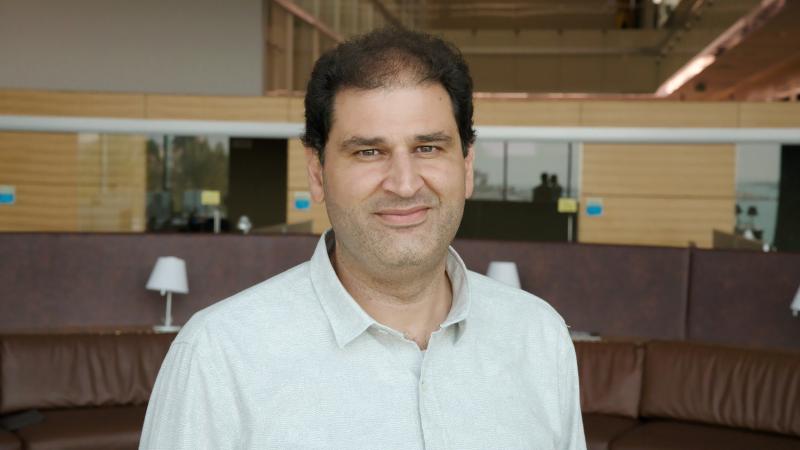While 5G companies and opponents are competing over the deployment of the first 5G platforms, the next generation of wireless telecommunication technology is being concocted right now in laboratories all around the world.
Every ten years, approximately, there is a new generation of wireless telecommunication systems. In 2020, 5G might still sound fresh to people, but to wireless communication research scientists, it is already an old story: 6G is the new frontier.
We investigated how this is happening, and the truth we found is far from any conspiracy theory we have heard of.
Mohamed-Slim Alouini, Chair of the ICT & Big Data Committee within the African Academy of Sciences (AAS), Professor of Electrical Engineering, and Head of the Communication Theory Lab at the King Abdullah University of Science and Technology (KAUST), Thuwal, Makkah Province, Saudi Arabia, agreed to show us the process from the scholar point of view.
Who decides what 6G is going to be?
The usual suspects will be as usual private interests, secretive companies, and large governance organizations, but the truth is that it all starts with scientists.
Many 6G wireless summits and workshops have taken place worldwide over the last year, when wireless communication researchers from academia and industry gathered in person or more recently virtually to share their vision about the future of wireless communication and started drafting the technical requirements and discussing candidate technologies.
“The first two years of every new cycle are critical for researchers in our field. We have a couple of years to gather most ideas and brainstorm about the direction the research should take,” says Alouini. “The direction is not forgone. It ultimately depends on our vision of the future!”
Alouini and his colleague Basem Shihada, Associate Professor of Computer Science and Head of the Networking Research Lab at KAUST, are specifically interested in developing wireless communication system and network technologies that will allow developing economies and rural areas to leap into the information age.
“Our vision for the 6G focuses on reducing the ‘digital divide’ between under-connected and hyper-digitalized regions with particular attention to rural and remote areas, as well as urban low-income neighborhoods,” Alouini adds “interestingly we expect that some of our approaches and resulting proposed technical solutions to be particularly effective also in case of global emergencies and lockdowns, such as the period we are experiencing now.”
Our approaches are likely going to reduce inequalities in several social, educational, health, and economic fields but also to create new business and commercial opportunities.
“The creation of smart villages, towns, and suburbs with equal distribution of quality services and job opportunities through remote working will give back to people the ultimate choice of where to live,” concludes Shihada. “A revolution that could trigger the first global counter urbanization process from the dawn of civilization.

